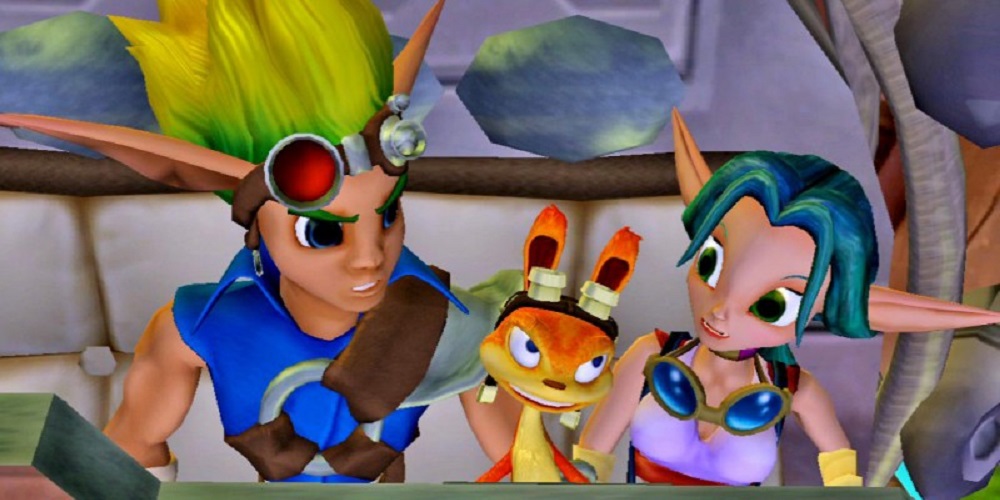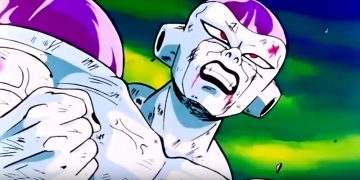American video game developer Naughty Dog has had a long string of hits over the years.
From the iconic Crash Bandicoot series for the original PlayStation to modern hits like The Last of Us and Uncharted, everything they touch seems to turn to gold.
But buried beneath all of their high-profile franchises, there's one classic Naughty Dog series that often gets overlooked.
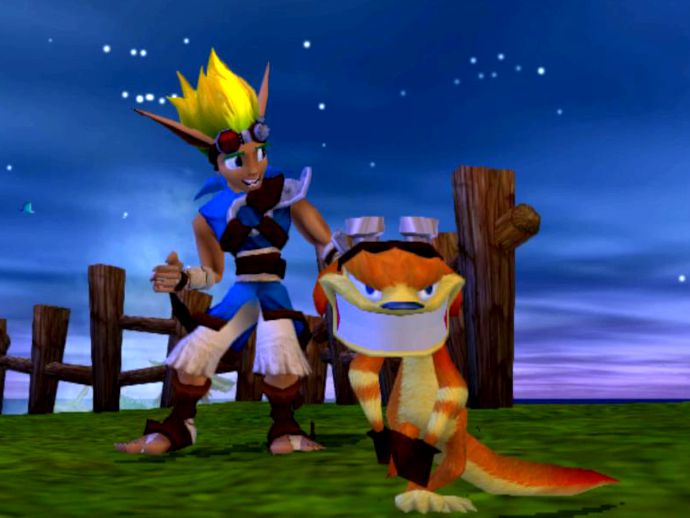
The Jak and Daxter series first debuted in 2001 for the PlayStation 2 with Jak and Daxter: The Precursor Legacy, then went on for three more main games plus several spin-offs (the kind that every game seems to get once they reach a certain level of popularity).
Not every one of the Jak and Daxter games was a gem, but the series as a whole is one worth remembering. And as Jak and Daxter celebrates its 20th anniversary this year, now's the perfect time to review its high points, low points, and overall legacy.
The Cute Beginnings of Jak and Daxter
When Jak and Daxter: The Precursor Legacy first released, it looked a lot like Naughty Dog's previous hit series, Crash Bandicoot. The bright colors and cartoon art style—combined with a protagonist that spun, jumped, and ran his way through platformer levels—made the comparisons easy to make.
But hidden behind this game that seemed to borrow from an already successful series was a clever bit of technology: The Precursor Legacy was one of the first video games to feature no obvious loading screens.
A player could guide Jak from one end of the world to the other on his quest to return his annoying little friend back to human form... all without any asset-loading disruptions.
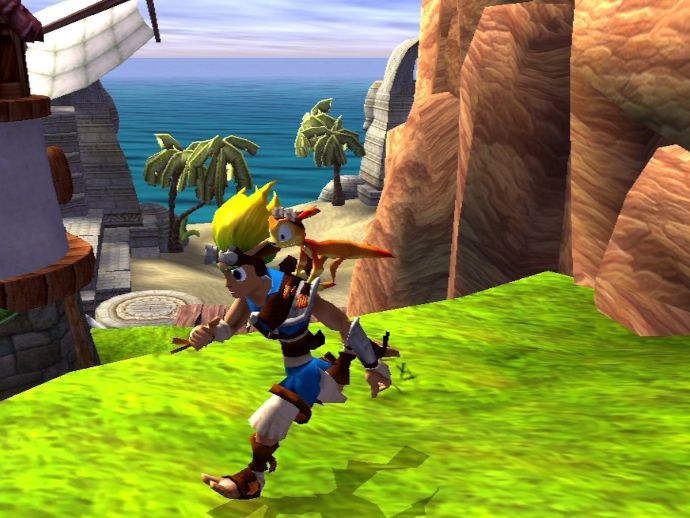
This might seem unimpressive by today's gaming standards, but at the time, it was a technological wonder.
Because of the cheerful aesthetic and seamless gameplay, Jak and Daxter quickly became a hit for Naughty Dog—and so a sequel was put into development.
This sequel, Jak II (or Jak: Renegade for those overseas), would mark a drastic change in the series. While it retained the cartoony look and slapstick comedy of the original, it turned to a darker story that focused on crime, revenge, and violence.
Jak and Daxter Takes a Dark Turn
In 2001, a different gaming franchise brought a different smash hit to console gamers in the form of Grand Theft Auto III.
Rock Star's massive hit rocked the console gaming landscape and proved that there was mainstream interest among gamers for gritty stories and adult themes.
With this, Naughty Dog saw an opportunity to make a big change—and that's why the Jak and Daxter sequel threw away its silent protagonist, innocent characters, and deadly-but-ultimately-benign world in favor of dystopian crime and poverty.
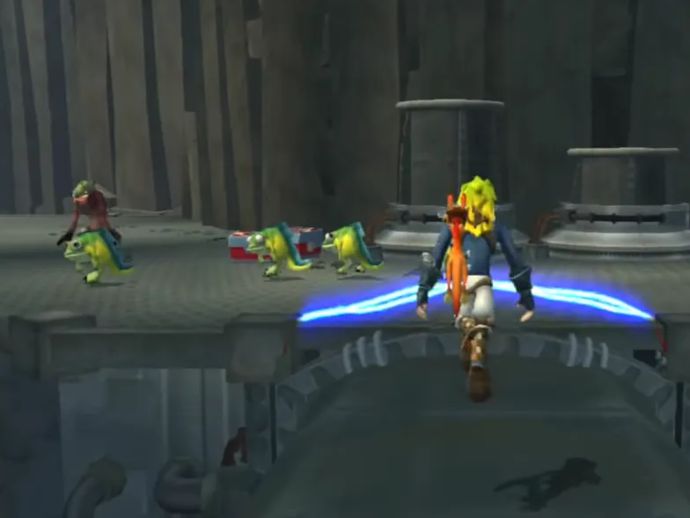
It might seem like a jarring transition, but there was magic in the way that the series retained its innocent looks while diving into a much darker and adult-oriented direction.
Whereas the original Jak and Daxter had largely been an action-platformer game, the Jak and Daxter sequel now had Jak running around a heavily populated city, stealing cars and shooting guards and monsters alike in an effort to overthrow the city's ruler.
The juxtaposition between the two worked surprisingly well, and it all came together thanks to solid writing and voice acting from star talents like Clancy Brown, Phil LaMarr, and Susan Eisenberg.
Jak II's success led to another entry in the series. Jak 3 featured an opportunity for the main character to gain a sense of redemption, plus learn a bit more about his confusing past. This would later spawn a racing game spin-off in Jak X.
All of these games maintained the same contrast between dark plot and colorful world design, deftly balancing the two to bring Naughty Dog's storytelling through the PS2's life cycle.
The Lasting Influence of Jak and Daxter
Of course, as with any great franchise, there has been talk of reviving this series over the years.
After 2009's The Lost Frontier (developed by High Impact Games for the PSP and ported to the PS2) failed to live up to expectations due to sloppy gameplay and a bland storyline, the Jak and Daxter series entered an extended hibernation.
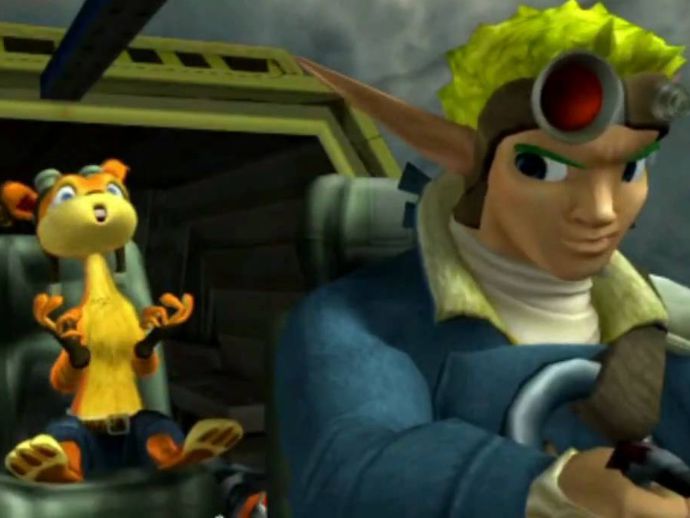
Every so often, one of the Jak and Daxter games was remastered and re-released, but no true reboot or continuation has ever happened. We've even seen concept art come to light at times, but they've never been followed up with proper announcements.
Despite the series being largely dead today, Naughty Dog never gets enough recognition for their courage and vision in executing the important decisions throughout the Jak and Daxter games.
Given that the first game was such a success, shifting so drastically for the sequel was one of the largest creative risks they could've taken—but that shift is what helped transition the team from being developers of cute platformers to developers behind some of the best cinematic games for adult audiences.
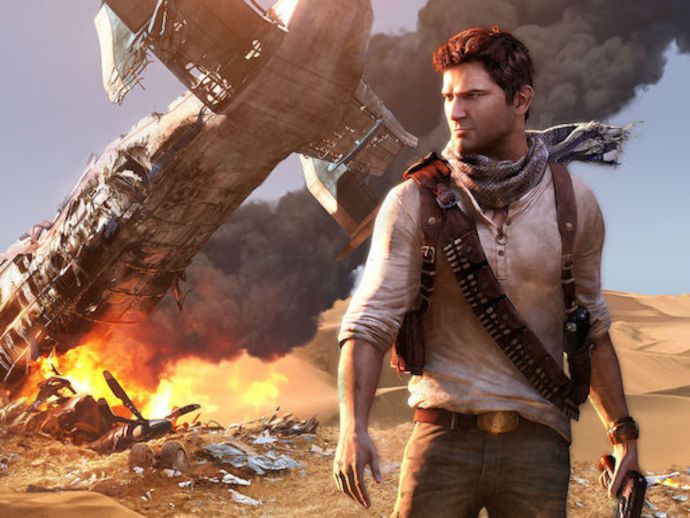
Without Jak and Daxter, it's unlikely that we would've ever been treated to the adventures of Nathan Drake as he ran around the world in search of treasure in Uncharted or the grim world and emotionally heavy story of The Last of Us.
This Naughty Dog gem might not be getting live-action adaptations starring Tom Holland or Pedro Pascal, but its influence can be felt in the DNA of Naughty Dog games that came after.
Jak and Daxter's mixture of childish graphics with adult gameplay give it a timeless feel, making the series feel modern even twenty years after its initial debut.
